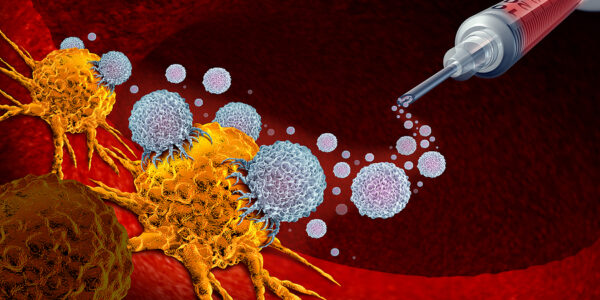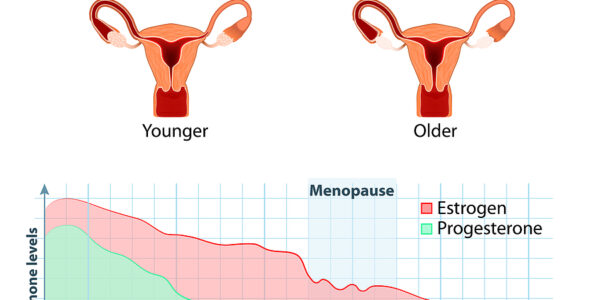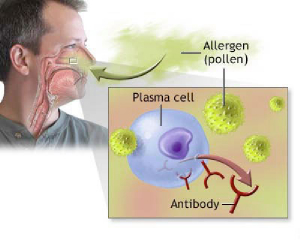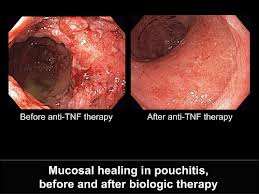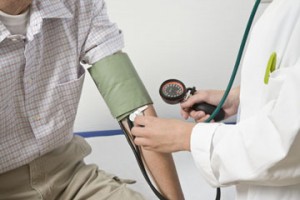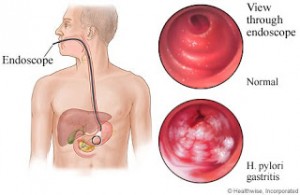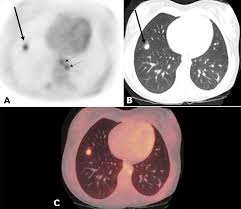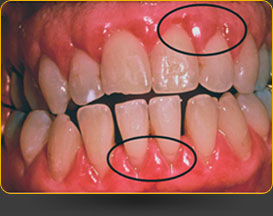A report coming from the International Agency for Research on Cancer which was recently published in the Lancet Oncology reported that working as a hairstylist or barber does have occupational hazards. A small but consistent risk for bladder cancer was noted in male hairdressers and barbers. As there were no reliable data on duration and periods of exposure the data are considered to be limited evidence of a cancer risk. Some carcinogenic substances have been present in modern hair dyes.
These particular colorants were discontinued in the 1970’s after positive cancer tests in mice and rats were seen. The researchers also examined the personal use of hair dyes, but could not show an adequate evidence that hair dyes would be cancerogenic. As a result they also could not definitely judge that the dyes carried a cancer risk.
Other chemicals that like hair dyes belong into the group of aromatic amines were assessed by the researchers.
Ortho-toluidine which is used in the production of dyes, pigments and rubber chemicals is now classified as a carcinogenic substance to humans, as is the chemical called MOCA , which stands for 4,4-methylene bis (2-chloroaniline) and is used as a curing substance in the plastics industry.
The consumer needs to be aware that the cosmetics industry that produces shampoos and hair conditioners and companies that produce hair dye for home use often use parabens and other mildly carcinogenic substances as a preservative that will be additive to the cancer producing effect of the hair dyes used in saloons.
More information on carcinogens: http://nethealthbook.com/cancer-overview/overview/epidemiology-cancer-origin-reason-cancer/
Reference: The Lancet Oncology – Volume 9, Issue 4 (April 2008)
Last edited November 3, 2014
